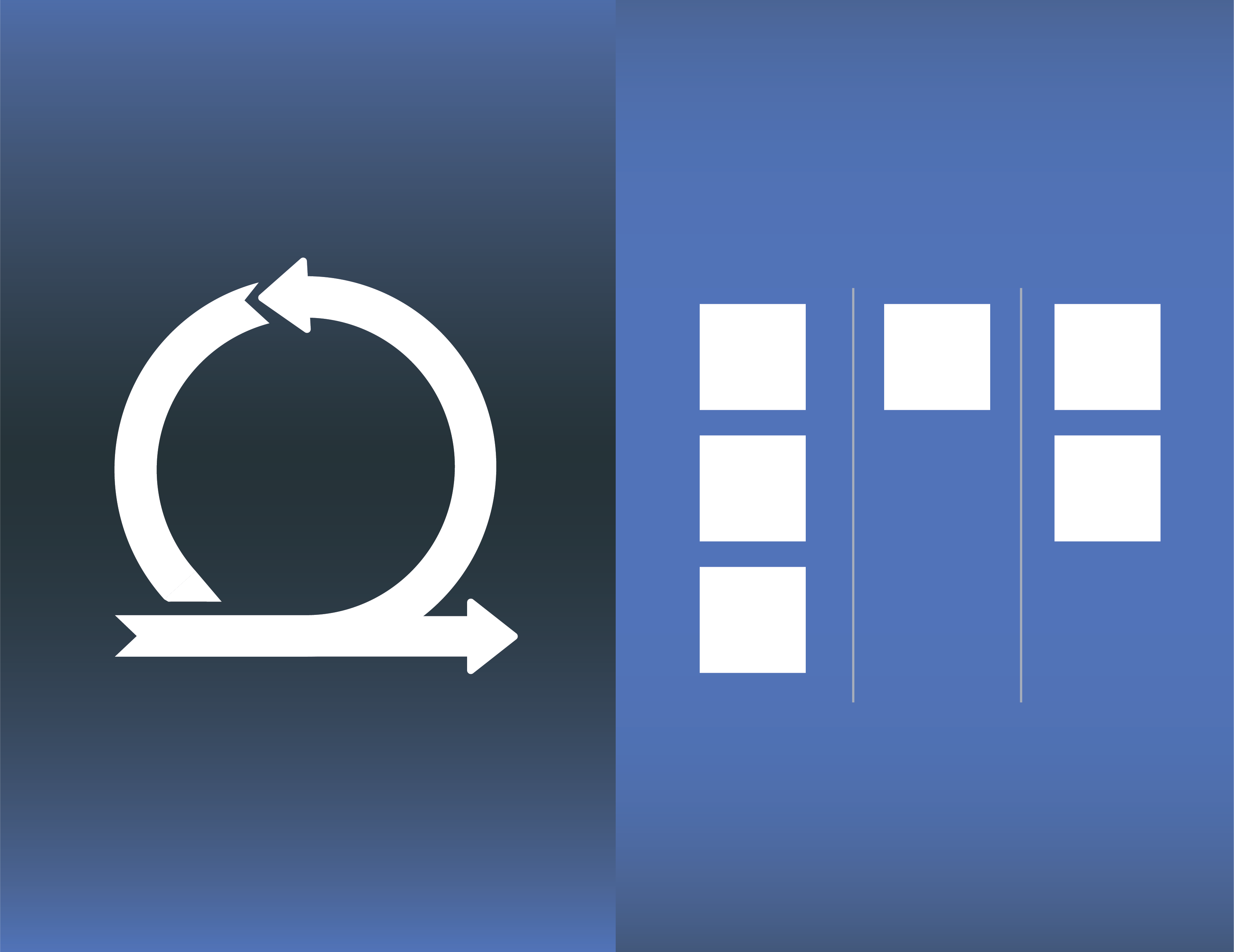SCRUM VS. KANBAN: WHEN TO USE EACH AGILE FRAMEWORK
McKinsey & Company describes an Agile organization as one where teams operate with high standards of alignment, accountability, expertise, transparency, and collaboration. Businesses use project management frameworks, such as Scrum and Kanban, to achieve these standards.
Continue reading to learn more about Scrum and Kanban and when to use them.
What Is Scrum & What Are Its Strengths?
Scrum is a widely used Agile framework that helps teams structure and manage their work. At its core is a series of values, principles, and practices designed to boost productivity. Scrum also emphasizes the use of meetings, tools, and roles to encourage collaboration.
Advantages of Scrum
Teams that use Scrum to manage their projects see a number of benefits, including:
- Increased transparency. Daily meetings and communication give everyone on the team more visibility into the individual tasks they are working on.
- Greater adaptability. Scrum provides the freedom to make ongoing adjustments, which allows teams to adapt to shifting requirements and market demands.
- Higher productivity. Daily standups ensure that everyone on the team knows what they need to be working on. It also encourages individual ownership of work.
- Better quality. Time for testing and review is a standard part of the process with Scrum. This results in satisfied employees and a better quality product for the end user.
Scrum also helps teams identify and address risks earlier in the project life cycle.
Disadvantages of Scrum
There is no such thing as a perfect project management framework for every situation. Here are some of the disadvantages reported by teams that use Scrum for their projects.
- It takes some getting used to. Learning all the Scrum terminology can feel a little overwhelming at first. There are also a lot of roles and responsibilities to navigate. And Scrum relies heavily on team members to organize and manage their own workloads, which can put more pressure on individual employees.
- There are frequent meetings. Daily standups are an essential part of the Scrum process and some team members might be resistant to these recurring meetings.
- It can be difficult to scale. Implementing Scrum at scale requires extensive training and coordination. The larger the project the tougher it is to manage.
While Scrum is a beneficial framework for many Agile organizations, you’ll need to set aside plenty of team training time to make the most of this involved approach.
What Is Kanban & What Are Its Strengths?
Kanban is a popular framework used to implement Agile and DevOps strategies. Its most distinct feature is the visual representation of tasks on a Kanban board. Kanban gives your entire team visibility into the status of every piece of work that needs completed within a project.
Advantages of Kanban
Teams that use Kanban to manage their projects see a number of benefits, including:
- Better visualization of tasks. The Kanban board makes it easy for everyone to visualize what tasks need action at any given point in a project.
- Less emphasis on multitasking. Kanban limits the amount of tasks or cards that can be in progress at one time. This helps prevent anyone taking on too much work at once.
- Increased efficiency. Individual team members have a clear idea of what tasks they need to work on next. This encourages the continuous delivery of work.
- Better collaboration. Because there is no set “Kanban master” it’s up to the entire team to collaborate on deliverables and keep them moving toward completion.
Disadvantages of Kanban
Here are some of the disadvantages reported by teams that use Kanban for their projects.
- Less structure than Scrum. Kanban doesn’t have rigid structure or specific team roles. Some teams may find it difficult to prioritize work without those things.
- Potential for delays. Without regular sprints, it can be difficult to track progress over time on a particular project. This may result in delays.
- Less adaptability. Kanban assumes there is some degree of stability in a project. This can make it harder to adapt to shifting requirements and market demands.
- Lower quality. The focus on optimizing workflow may result in reduced product quality.
When Should I Use Each Agile Framework?
Some organizations prefer Scrum and some prefer Kanban, while others use both frameworks. Is one better suited to certain situations than the other? Let’s break it down.
When to Use Scrum
Scrum is good for projects that require clearly defined roles and more structure. For example, if your project or individual tasks have firm start and stop dates, you might want to use Scrum. Daily meetings help everyone stay on track and focus on completing the project on time.
When to Use Kanban
Kanban is an ongoing process that emphasizes the continuous delivery of work. This framework is better for projects that are more flexible with tasks and timing. Kanban also lacks defined team roles, so it’s an ideal choice for teams that value collaboration over rigid structure.
Find What Works Best for Your Organization
All organizations use Agile frameworks a little bit differently. The best way to figure out what works for your business is to start with the option that seems most suited to your team. It can be beneficial to seek additional support to help you select the best methodology and advise you on how to customize the implementation so that it works well for your teams.
Recent posts
-
AtlassianOct 25, 2024
-
AtlassianOct 21, 2024
-
AIAug 13, 2024



